Categories: Practical Electronics, Sources of light
Number of views: 55964
Comments on the article: 1
The whole truth about dimming LED lights: dimmers, drivers, and theory
Adjusting the brightness of light sources is used to create comfortable illumination of a room or workplace. Adjusting the brightness, it is possible to arrange several circuits that are switched on by individual switches. In this case, you will get a stepwise change in illumination, as well as separate luminous and off lamps, which can cause inconvenience.
Stylish and relevant design solutions include a smooth adjustment of the overall illumination, provided all the lamps are lit. This allows you to create both an intimate setting for relaxation, and bright for celebrations or working with small details.
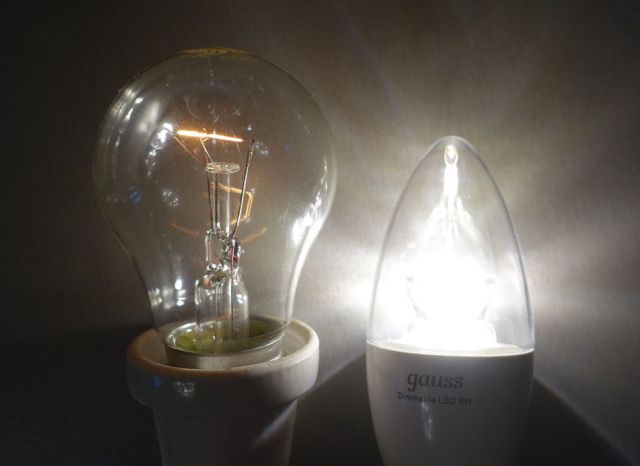
Earlier, when the main light sources were incandescent lamps and spotlights with halogen lamps, there were no problems with adjustment. Was used regular 220V dimmer on triac (or thyristors). Which was usually in the form of a switch, with a rotary knob instead of keys.
With the advent of energy-saving (compact fluorescent lamps), and then LEDs, this approach became impossible. Recently, the vast majority of light sources are LED lamps and bulbs, and incandescent lamps are prohibited for use in lighting purposes in many countries.
It is interesting that now on the packaging from domestic incandescent lamps they indicate something like: "Electric heat radiator."
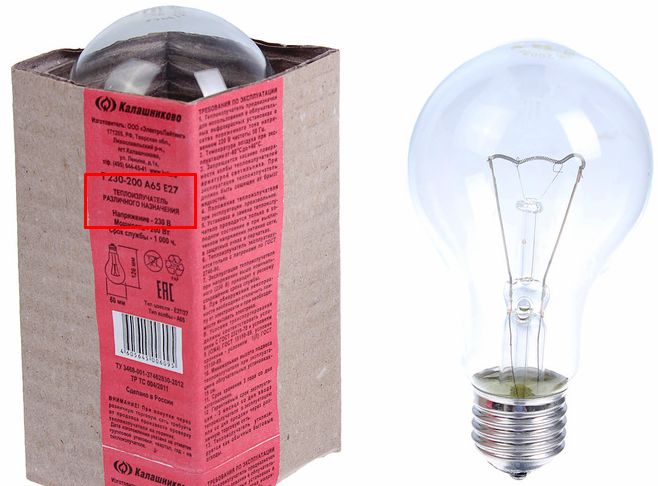

In this article, you will learn about the principle of regulating the brightness of LEDs, as well as how it looks in practice.
Theory
Any semiconductor diode - This is an electronic device that transmits current in one direction. In this case, the current flow does not have a linear dependence on the applied voltage; rather, it resembles a parabola branch. This means that when you apply a small voltage to the LED, the current will not flow.
Current flows through it only when the voltage on the diode exceeds a threshold value. For ordinary rectifier diodes, it ranges from 0.3V to 0.8V, depending on the material of which the diode is made. Silicon diodes assume about 0.7V, germanium 0.3V. Schottky diodes of the order of 0.3V.
Light-emitting diode was no exception. The threshold voltage of the white LED is about 3V, in general it depends on the semiconductor from which it is made, the color of its glow depends on this. So, the voltage on the red LED is about 1.7 V. When this voltage is reached, current will flow and the LED will light up. Below you see the current-voltage characteristic of the LED.
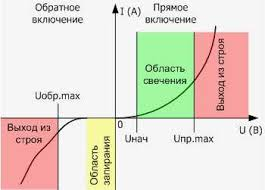
The brightness of the LED depends on the strength of the current through it. This is reflected in the graph below.
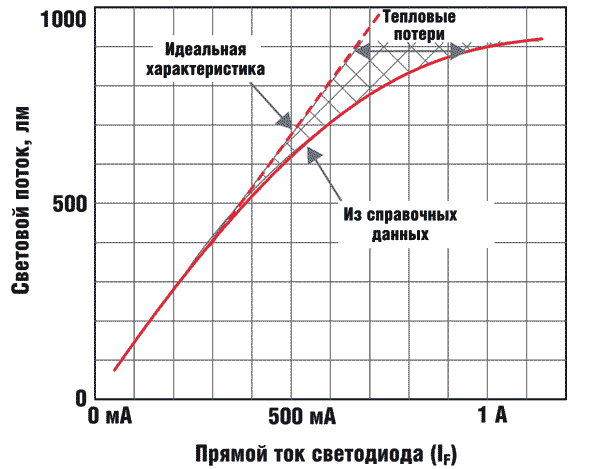
The brightness of an ideal theoretical LED is linearly dependent on the current, but in reality things are somewhat different. This is due to the differential resistance of the diode and its heat loss.
This implies:
A LED is a device that is powered by current, not voltage. Accordingly, to adjust its brightness, you need to change the current strength.
Of course, the current strength depends on the applied voltage, but as you can judge from the first graph, even a slight change in voltage leads to an incommensurate increase in current.
Therefore, adjusting the brightness with a simple rheostat is a futile exercise. In such a scheme, when the resistance of the rheostat decreases, the LED will suddenly light up, and after its brightness will increase slightly, then, with excessive applied voltage, it will start to get very hot and fail.
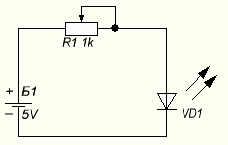
From here comes the task: Adjust the current at a certain voltage value with a slight change.
Ways to control the brightness of LEDs: linear "analog" regulators
The first thing that comes to mind is to use a bipolar transistor, because its output current (collector) depends on the input current (base) included in the general collector circuit. We have already considered their work. in a large article on bipolar transistors.

Operating principle:
You change the base current by changing the voltage drop at the emitter-base junction with the help of potentiometer R2, resistors R1 and R3 are needed to limit the current with the maximum open transistor calculated based on the formula:
R = (U supply-U drop on the LEDs-U drop on the transistor) / I light.
I checked this circuit, it regulates the current through the LEDs and the brightness of the light quite well, but there is a noticeable degree of stepping at certain positions of the potentiometer, possibly due to the fact that the potentiometer was logarithmic, and possibly due to the fact that any pn junction of the transistor is the same diode with the same CVC.
The current regulator circuit is best suited for this task. on adjustable stabilizer LM317, although it is more often used as a voltage stabilizer.

It can also be used to obtain a fixed current at a constant voltage. This is especially useful when connecting LEDs to the on-board network of the car, where the voltage in the network with the engine turned off is about 11.7-12V, and when wound up it reaches 14.7V, the difference is more than 10%. Also works great when powered by a power supply.
The calculation of the output current is quite simple:

It turns out a fairly compact solution:

This method does not differ in high efficiency, it depends on the voltage difference between the input of the stabilizer and its output. All voltage “burns out” on the LM-ke. Power losses are determined by the formula:
P = Uin-Uout / I
To improve the efficiency of the regulator, you need a radically different approach - a pulse regulator or PWM controller.
Ways to adjust the brightness: PWM adjustment
PWM stands for Pulse Width Modulation. It is based on turning the load power on and off at high speed. Thus, we get a change in current through the LED, because each time it receives the full voltage necessary to open it. It quickly turns on and off at full brightness, but due to the inertia of our vision, we don’t notice this and it looks like a decrease in brightness.

With this approach, the light source can give out ripples; it is not recommended to use light sources with ripples of more than 10%. Detailed values for each type of premises are described in SNIP-23-05-95 (or 2010).
Work under pulsating light causes increased fatigue, headaches, and can also cause a stroboscopic effect when rotating parts appear motionless. This is unacceptable when working on lathes, with drills and other things.
There are a great many circuits and options for PWM controllers, so listing all of them is pointless. The simplest option is to assemble a PWM controller based on NE555 timer chip. This is a popular chip. Below you see a diagram of such an LED dimmer:
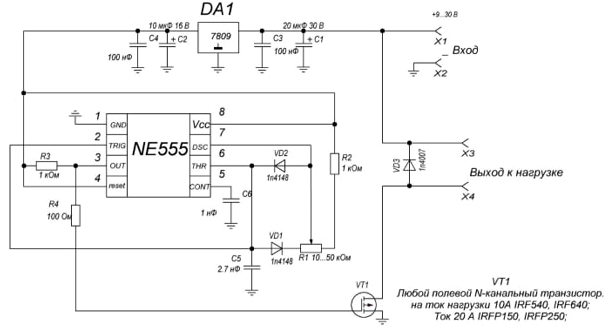
But in fact, this is one and the same circuit, the difference is that a power transistor is excluded here and it is suitable for adjusting 1-2 low-power LEDs with a current of a couple of tens of milliamps. Also, the voltage stabilizer for the 555 chip is excluded from it.

How to adjust the brightness of 220V LED lamps
The answer to this question is simple: ordinary led bulbs practically not regulated - i.e. no way. To do this, special dimmable LED lamps are sold, it is written on the packaging or the dimmer icon is painted.
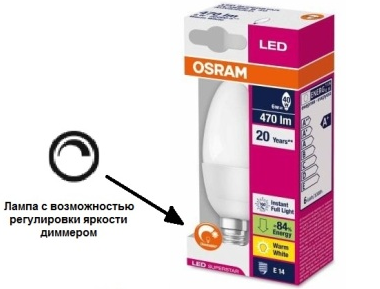
Perhaps the widest range of dimmable LED lamps is presented by GAUSS - in various shapes, designs and socles.
Why it is impossible to dim 220V LED lamps
The fact is that the power supply circuit of conventional LED lamps is built either on the basis of a ballast (capacitor) power supply. Or on the diagram simplest pulsed buck converter of the first kind. 220V dimmers, in turn, simply adjust the effective voltage value.
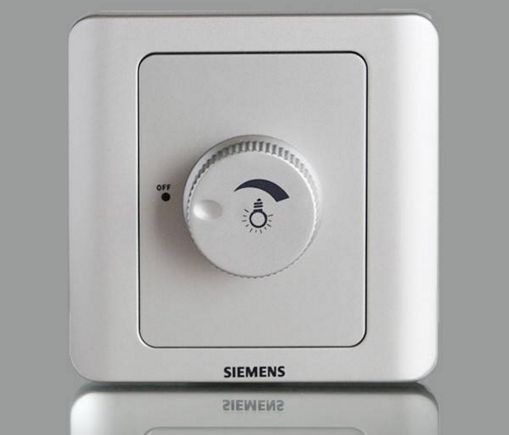
There are such dimmers on the front of work:
1. Dimmers cutting the leading edge of the half-wave (leading edge). It is such schemes that are most often found in household regulators. Here is a graph of their output voltage:

2. Dimmers cutting the trailing edge of the half-wave (Falling Edge). Various sources claim that such regulators work better with both conventional and dimmable LED lamps. But they are much less common.
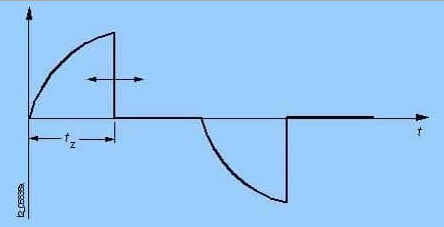
This implies:
Conventional LED lamps will practically not change the brightness with such a dimmer, in addition, this can accelerate their failure. The effect is the same as in the rheostat circuit shown in the previous section of the article.
It is worth noting that most cheap adjustable LED lamps behave exactly the same as ordinary ones, but they cost more.
Adjusting the brightness of LED lamps - a rational 12V solution
12V LED lamps are widely distributed in the base for spotlights, for example G4, GX57, G5.3 other. The fact is that often in these lamps there is no power scheme as such. Although some are installed at the entrance diode bridge and filter capacitorbut this does not affect the possibility of regulation.
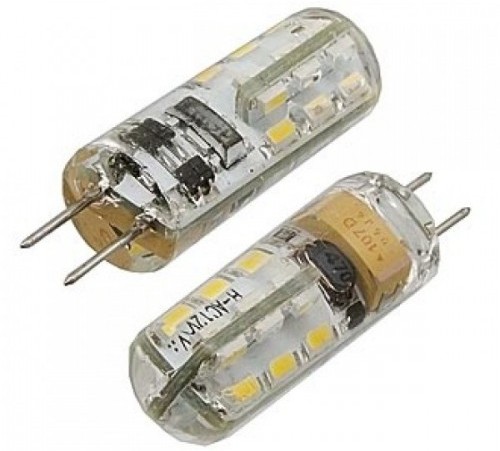
This means that it is possible to regulate such bulbs using the PWM controller.
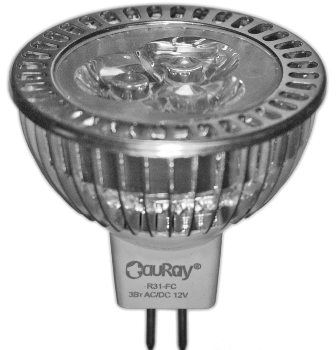
In the same way as adjusting the brightness LED strip. The simplest version of the regulator, such here on the wiring, in stores they are usually called as: "12-24V dimmer for LED strip."
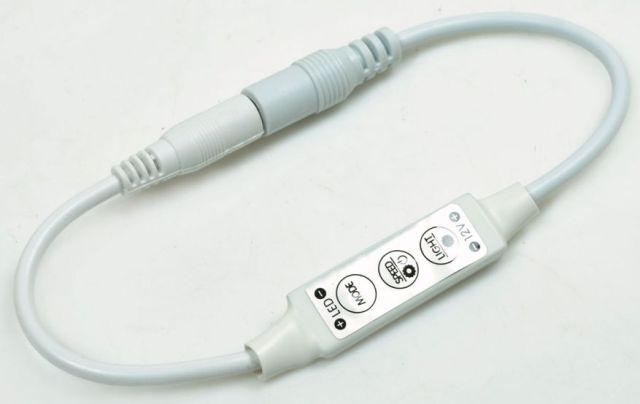
They withstand, depending on the model, about 10 amperes. If you need to use in a beautiful shape, i.e. If instead of using a conventional switch, then on sale you can find such touch-sensitive 12V dimmers, or options with a rotary knob.

Here is an example of using such a solution:
Previously applied 12V halogen lamps they were powered by electronic transformers, and that was a great solution. 12 volts is a safe voltage. To power these lamps on a 12V electronic transformer does not work, you need a power supply for LED strips. In principle, this is the alteration of lighting from halogen to LED lamps.
Conclusion
The most reasonable solution to regulate the brightness of LED lighting is to use 12V lamps or LED strips. When the brightness decreases, light may flicker, for this you can try using a different driver, and if you do a PWM controller with your own hands, increase the PWM frequency.
See also at bgv.electricianexp.com
:
